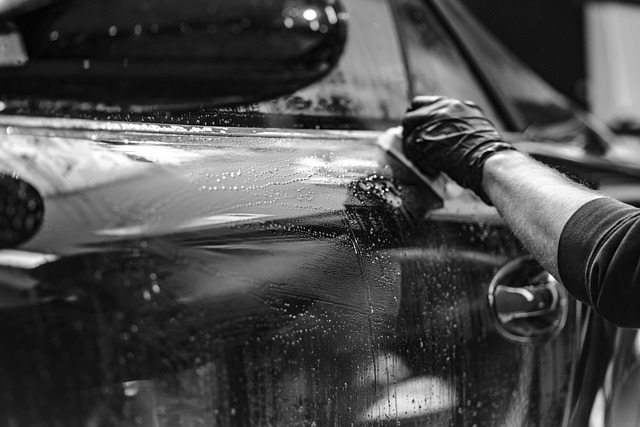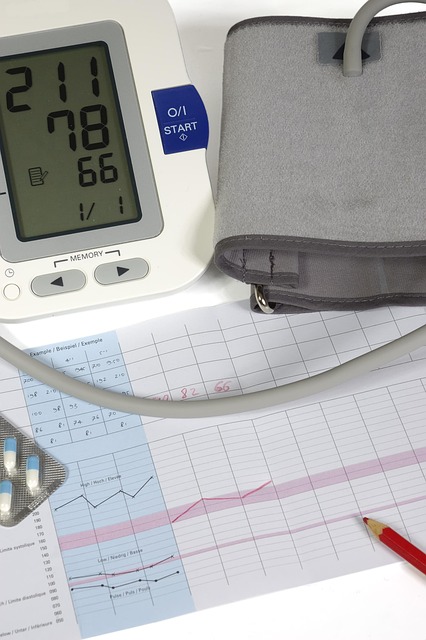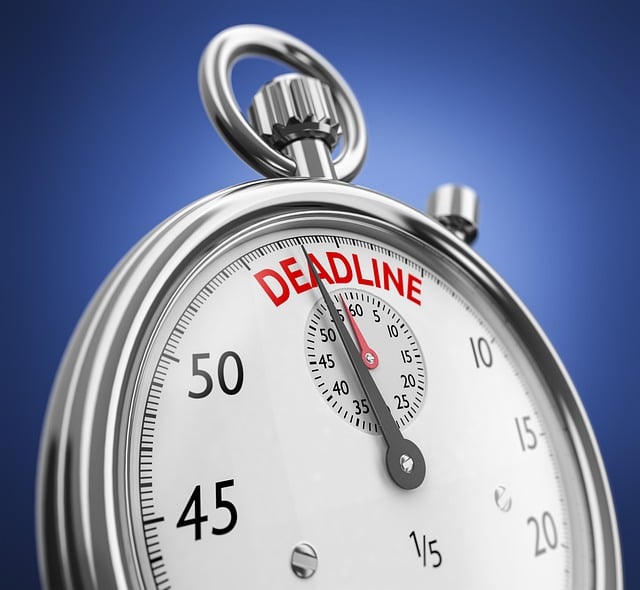Low water pressure in your garden hose can be caused by leaks, obstructions, or spigot issues. Temporary fixes include flushing debris and inspecting connections. Before troubleshooting, check for damage to hoses and fittings. Address main valve and faucet problems, as low pressure may indicate downstream issues. Inspect and clean filters, nozzles, and pipes; replace if necessary. Adjust water flow settings; maintain plumbing for long-term solutions. Test and optimize pressure post-repair using a booster or aerator adjustment.
Is your garden hose not delivering the water power you need? Don’t worry, solving weak garden hose pressure is easier than you think. This guide will walk you through identifying common causes like damaged fittings or clogged filters, and offer step-by-step solutions from checking your water source to optimizing pressure settings. Get ready to transform your watering experience with a simple low water pressure fix!
- Identify Causes of Low Pressure
- Check Hose and Fittings for Damage
- Inspect Water Source and Valve
- Clean or Replace Filters and Nozzles
- Adjust Water Flow Settings
- Test and Optimize Pressure After Repairs
Identify Causes of Low Pressure

Low water pressure in your garden hose can be frustrating, but identifying the root cause is the first step towards fixing it. Common issues include leaks along the hose or pipe connections, obstructions like rust or mineral buildup, and problems with the spigot or nozzle. Leaks often result from worn-out gaskets or couplings, while obstructions can significantly reduce water flow, making your hose feel weak.
If you suspect a temporary fix without calling a plumber, try flushing out any debris or scale buildup in the pipes by turning off the water supply and using a plumbing snake or vinegar solution to clear out blockages. Additionally, inspecting connections for tight fittings and replacing worn parts can help temporarily increase water pressure until a more permanent low water pressure fix is feasible.
Check Hose and Fittings for Damage

Before attempting any low water pressure fix, it’s essential to conduct a thorough inspection of your garden hose and fittings for any signs of damage. Worn-out or cracked hoses can significantly reduce water flow, resulting in weak pressure. Inspect the entire length of the hose for any kinks, punctures, or dilated sections that might be restricting water passage. Fittings, such as couplers and valves, should also be checked for leaks or loose connections. A plumber Bromsgrove-based professional can assist with unclogging drains to improve pressure if blockages are identified during your initial assessment.
Once you’ve identified damaged areas, replace any worn components to ensure optimal water flow. The process may involve swapping out sections of hose or tightening fittings to prevent leaks that could affect overall pressure levels. By addressing these issues, you’ll be well on your way to restoring proper water pressure in your garden and taking advantage of a healthy, vibrant lawn or landscaping.
Inspect Water Source and Valve

Before addressing any issues with your garden hose pressure, it’s crucial to start at the source – your water supply. Begin by inspecting both your main water valve and the individual faucet from which your hose is attached. Check for any visible signs of damage or leaks around these areas. A low water pressure fix often starts with a simple turn of a knob or repair of a worn-out pipe.
If you’re dealing with low water pressure in one faucet specifically, it could be an indicator of issues further down the line, possibly within your pipes or boiler. While not directly related to garden hose pressure, understanding when to replace pipes with low pressure can prevent future problems. Regularly checking and maintaining these components ensures a steady flow of water – vital for enjoying your outdoor space without frustration.
Clean or Replace Filters and Nozzles

If your garden hose isn’t delivering the water pressure it should, the first step in fixing low water pressure is inspecting and maintaining the filters and nozzles. Over time, these components can become clogged with mineral deposits or debris, restricting water flow. Cleaning them thoroughly or replacing them entirely, especially if they’re old or damaged, can significantly improve your hose’s pressure.
Remember that a blocked filter or faulty nozzle isn’t always the culprit behind low water pressure in your garden hose. However, addressing these issues is an effective starting point. For instance, if you suspect a more complex problem like worn-out pipes or a broken pump, it might be best to consult an emergency plumber in Bromsgrove for expert advice and a durable, long-term fix for your low water pressure problems, especially when dealing with the fix low water flow shower.
Adjust Water Flow Settings

When dealing with a weak garden hose pressure, one effective step to take is adjusting the water flow settings. This can often be done at the faucet or valve where your hose is connected. Turning down the water pressure to a lower setting may help alleviate the issue, especially if there’s no visible damage to the hose or related infrastructure. Start with a gradual decrease and check if the pressure improves; you can always adjust it back up if necessary.
Regularly checking and maintaining your plumbing system, including the tankless water heater (if applicable), can prevent future water pressure drops. A plumber in Bromsgrove can assist with identifying any underlying issues and offer long-lasting solutions to ensure optimal water flow throughout your garden hose. By addressing low water pressure promptly, you can avoid more serious problems and maintain a healthy, vibrant garden.
Test and Optimize Pressure After Repairs

After successfully repairing your garden hose, it’s crucial to test and optimize the water pressure to ensure it meets your needs. Start by turning on the faucet fully and observing the flow rate through the hose. Compare this to the expected pressure level indicated on the hose or nozzle. If the pressure is still low, there might be other issues to address.
Identifying water leak causes could be a contributing factor. Check for any signs of damage or wear in the hose, fittings, and connectors. A simple solution could be using home remedies for low water pressure like applying a water pressure booster product or adjusting the aerator on the faucet. Once identified, these problems can often be quickly fixed, restoring your garden hose to its full potential for effective watering.
Repairing a weak garden hose pressure is a straightforward process that can significantly enhance your outdoor watering experience. By systematically identifying and addressing issues like damaged hoses, faulty fittings, blocked filters, or improper water flow settings, you can easily restore optimal pressure. Regular maintenance and quick fixes for low water pressure problems ensure your garden receives the necessary hydration, making it a breeze to keep plants thriving. Implement these simple steps, and you’ll be well on your way to fixing that pesky low water pressure fix in no time!
